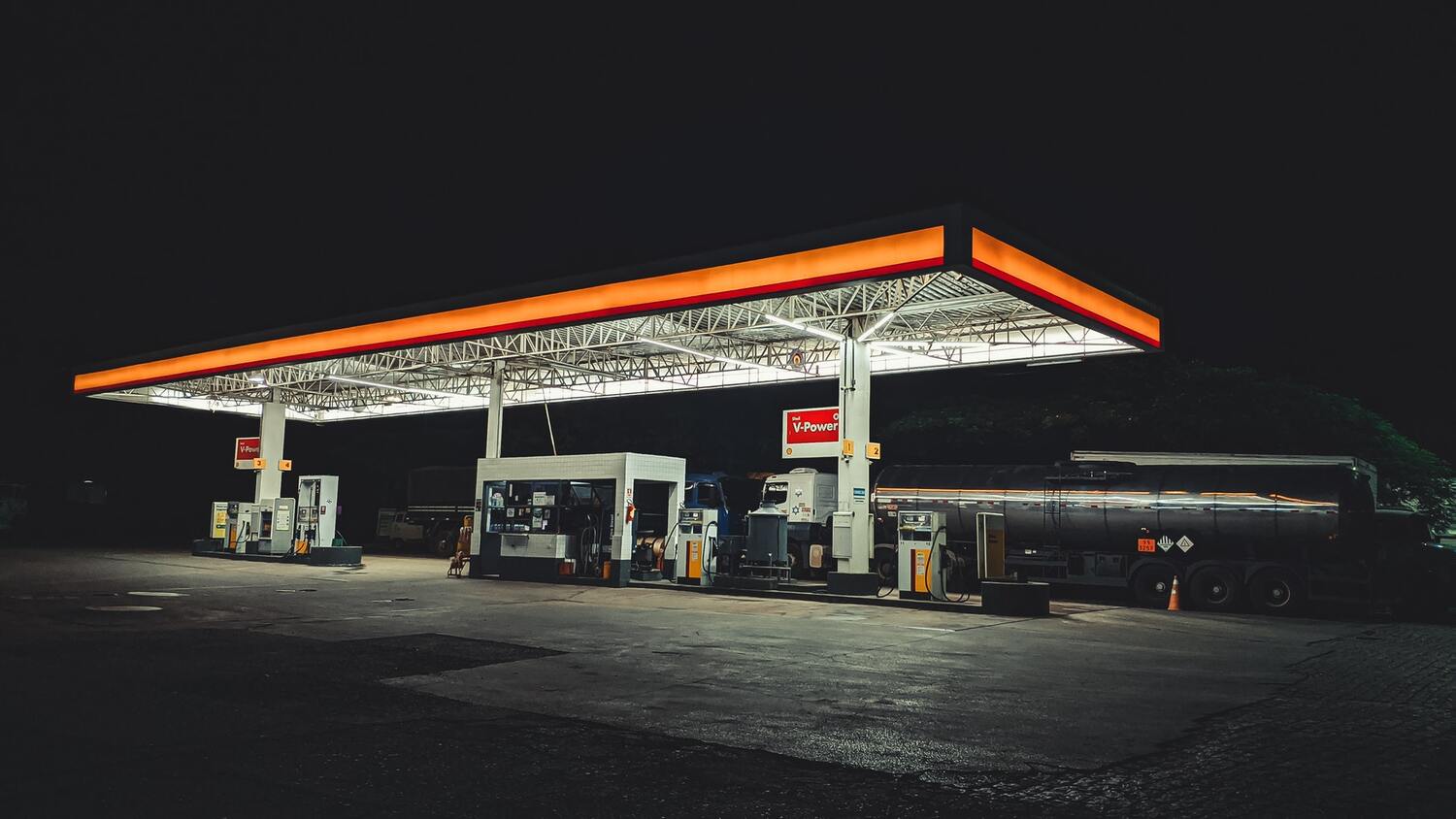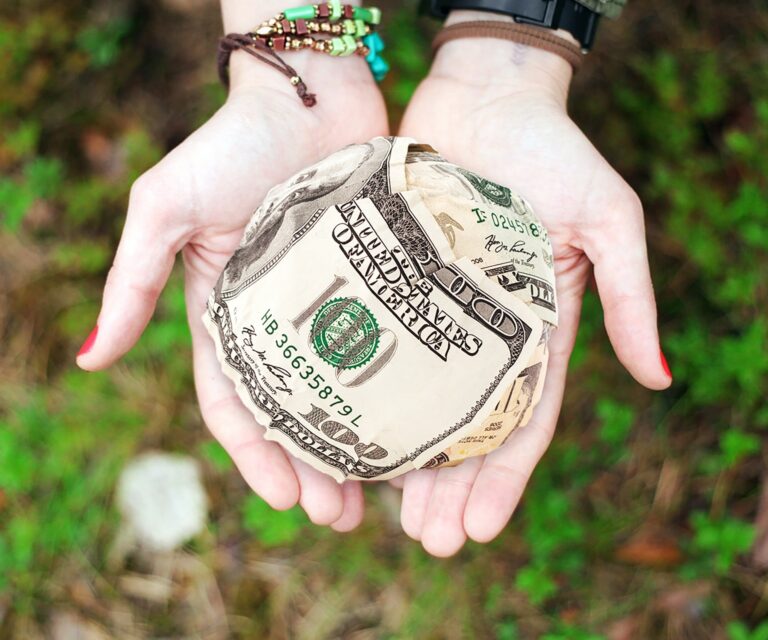7 Ways to Improve Your Gas Mileage To Save Money

The average price of a gallon of regular gas in August 2021 was more than a dollar higher than a year ago. The average annual cost of fuel for new, fuel-efficient cars was $1,600 in 2020, but with that one-dollar increase in price, it’s not surprising if plenty of people look for ways to save money by improving gas mileage. Here’s help!
How to Improve Gas Mileage
Gas mileage is measured in miles per gallon (mpg). If a vehicle gets 25 mpg, this means that, on average, it can be driven for 25 miles for every gallon of gas pumped into it. Overall, miles per gallon is typically higher for a vehicle during highway driving than on city streets where speeds are slower and vehicles idle at stop signs and traffic lights. Vehicles can, in fact, typically get five more mpg with highway driving than with city driving.
Fortunately, there are ways to improve gas mileage no matter where you’re driving, many of them reasonably simple. To help, here are seven money-saving ideas for better gas mileage and two busted myths.
1. Reduce the Weight
Get rid of excess weight in the vehicle by removing unnecessary items in the trunk and backseat to lower fuel consumption. Every 100 pounds added to a car boosts fuel consumption by 1% to 2%. So, if someone lugs around a set of golf clubs in a bag, this could add up to 35 pounds, according to GolfCartReport.com . Think carefully about what to remove, though. Taking out a toolbox and tools might reduce the weight being carried, but those items might be sorely missed in an emergency.
2. Watch Your Speed
In general, the mileage a driver gets from a gallon of gas decreases pretty quickly when traveling more than 50 miles per hour, according to the U.S. Department of Energy (DOE). Higher speeds decrease fuel economy because of two factors: air resistance and tire rolling resistance. Although drivers will usually need to drive more than 50 miles per hour on highways, using cruise control is a way to use less gas at higher speeds. This keeps the vehicle moving at a constant speed, which is beneficial because vehicles use the most fuel during acceleration.
3. Keep Tires at Optimal Pressure
Consumer Reports shares test-based tips to get better gas mileage, including the role played by tire pressure in connection with miles per gallon. When looking at mid-sized sedans and highway driving, a vehicle can lose 1.3 mpg when tires are underinflated (down by 10 pounds per square inch). The report notes, though, that this is a modest drop in miles per gallon for a sizable reduction in tire pressure, and suggests that keeping tires properly inflated may do more to keep drivers safe than help them to pay less at the pump.
4. Monitor Your Driving
Using a trip computer, drivers can receive immediate feedback about the impact that an action, such as the rapid acceleration of a vehicle, has on gas usage. These real-time, personalized insights into how to improve fuel economy, fuel consumption, maintenance reminders, and more.
5. Plan Your Gas Stops
Using a combination of strategies for how to improve gas mileage can help to reduce fuel costs. Having to fill up at a pricey pump, though, can negate all of that hard work. So, when out on the road, especially when away from home in unfamiliar territory, consider using apps like Gas Guru or GasBuddy. They can help you to find the most affordable gasoline in town, wherever you are when it’s time to fill up.
6. Road Trip Wisely
If you’re planning a trip and have a choice of cars to drive, some factors to consider are the car’s size (you want enough room to be comfortable as you travel as well as any luggage you bring) and its gas mileage. Using a trip calculator can estimate fuel consumption for each car so you can pick the one that will cost the least in gasoline.
7. Cold Weather Strategies
When thinking about how to get better gas mileage, take a look at the thermometer. FuelEconomy.gov states that the miles per gallon obtained is 15% lower, more or less, at 20°F than at 77°F. Since most of us can’t hibernate all winter long, money-saving suggestions include warming up your car for 30 seconds only and then driving gently to allow the vehicle to warm up in a more cost-efficient way. Also, combine trips whenever possible — especially in the winter.
Some strategies to improve gas mileage are tried and true, but there are still some myths that continue to be perpetuated. Here are a couple of common myths that don’t prove to be true.
1. Refueling When Cool
Some people buy gasoline in the morning when temperatures are cooler, believing that this will help them get better gas mileage. The theory behind this idea is that cooler gas is denser, so you’ll get more bang for your buck in the mornings. Consumer Reports says that this won’t make any practical difference though, especially since most gas stations store the gasoline underground where temperatures are pretty stable.
2. Changing the Air Filter
Traditional wisdom says that dirty air filters reduce fuel economy because of lowered air intake. Consumer Report also tested this notion and determined that, although the vehicle’s acceleration was lessened when an air filter change was overdue, changing it probably won’t boost fuel economy in a modern car. Wondering what changed? Today’s engine computer has the ability to compensate for the reduced airflow to maintain the right ratio between air and fuel.
Budgeting for Gasoline and More
How much can you afford to pay for gasoline each month? If you aren’t really clear about that, making a monthly budget can help. Basic steps of creating a budget include:
• Gathering all of your financial documents together.
• Figuring out your monthly take-home pay.
• Adding up monthly expenses.
• Using this information to create a workable budget.
While creating your budget, consider how much gas is used for needs (such as getting to work) and how much for wants (driving around town while trying to decide what restaurant to pick). One popular personal budgeting method involves dividing expenses into needs and wants and then also having a category for savings. Called the 50/30/20 rule, this method divides after-tax income in this way:
• 50% towards needs.
• 30% towards wants.
• 20% towards savings.
This isn’t the only way to create a personal budget, though. There are plenty of budgeting resources to help you find the method that works best to manage your money.
The Takeaway
Gas prices can take a chunk out of the budget with prices significantly higher now than just a year ago. Tips provided in this post can help improve gas mileage as well as guide people through creating a personal budget that works for them.
SoFi Relay allows you to track your money, all in one place, providing spending breakdowns and other financial insights — while SoFi Money® is a cash management account that you can use to save, spend, and work towards personal financial goals.
Disclosures:
SoFi Money®
SoFi Money is a cash management account, which is a brokerage product, offered by SoFi Securities LLC, member FINRA / SIPC . Neither SoFi nor its affiliates is a bank. SoFi Money Debit Card issued by The Bancorp Bank. SoFi has partnered with Allpoint to provide consumers with ATM access at any of the 55,000+ ATMs within the Allpoint network. Consumers will not be charged a fee when using an in-network ATM, however, third party fees incurred when using out-of-network ATMs are not subject to reimbursement. SoFi’s ATM policies are subject to change at our discretion at any time.
As of 6/9/2020, accounts with recurring monthly deposits of $500 or more each month, will earn interest at 0.25%. All other accounts will earn interest at 0.01%. Interest rates are variable and subject to change at our discretion at any time. Accounts opened prior to June 8, 2020, will continue to earn interest at 0.25% irrespective of deposit activity. SoFi’s Securities reserves the right to change this policy at our discretion at any time. Accounts which are eligible to earn interest at 0.25% (including accounts opened prior to June 8, 2020) will also be eligible to participate in the SoFi Money Cashback Rewards Program.
SoFi’s Relay tool offers users the ability to connect both in-house accounts and external accounts using Plaid, Inc’s service. When you use the service to connect an account, you authorize SoFi to obtain account information from any external accounts as set forth in SoFi’s Terms of Use. SoFi assumes no responsibility for the timeliness, accuracy, deletion, non-delivery or failure to store any user data, loss of user data, communications, or personalization settings. You shall confirm the accuracy of Plaid data through sources independent of SoFi. The credit score provided to you is a Vantage Score® based on TransUnion™ (the “Processing Agent”) data.
External Websites: The information and analysis provided through hyperlinks to third party websites, while believed to be accurate, cannot be guaranteed by SoFi. Links are provided for informational purposes and should not be viewed as an endorsement.
Third Party Brand Mentions: No brands or products mentioned are affiliated with SoFi, nor do they endorse or sponsor this article. Third party trademarks referenced herein are property of their respective owners.
SOMN0821073
This article is originally on SoFi.






